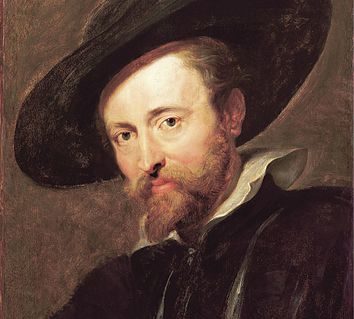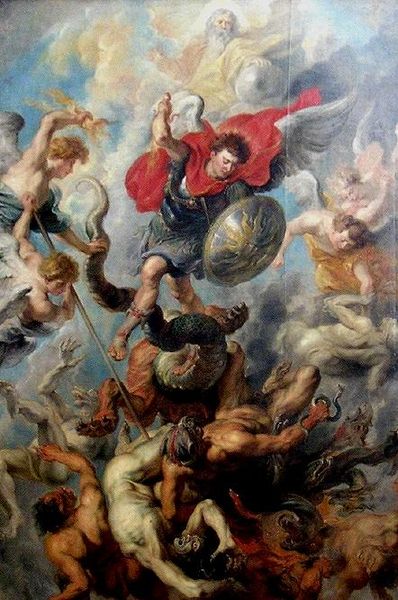Rubens

(Peter Paul Rubens – 1577-1640)
The voluptuous acres of flesh painted by the Grand Baroque artist, Rubens, over a long working life, would stretch to the Moon. He is not now regarded a master of colour (although he was), and some judge his work as facile, but the enormous body of bodies is unique: whether he deals with the religious, classical, pagan, personal, allegorical or purely decorative subject, he is always Rubens. Some people don’t like his success in life (Vincent is a more romantic story), but the man from Antwerp was no twerp: his massive, rich, exuberant canvasses – throngs of people or big nudes behaving badly, palpitating organs and flesh – justify the judgment that the “greatest secret of Rubens’s art [was] his magic skill in making anything alive, intensely and joyfully alive.”* There is a great, earthy, vibrant, human element to even his most ethereal works. Which is perhaps why Jacob Burckhardt wrote of “the two greatest storytellers this old earth of ours has ever borne – Homer and Rubens.”^

“Expulsion from the Garden of Eden” (1620)

“The Raising of the Cross” (1610–1611)

“A Roman Triumph” (c. 1630)

“Fall of the rebel angels” (1621-22)

“Prometheus” (1611-12)

“Battle of the Amazons” (1618)

“Portrait of Mulay Ahmed de Tunis” (c. 1609)

“The Martyrdom of Saint Sebastian” (c. 1601)

“Assumption of the Blessed Virgin” (c. 1612)

“The Flight of Lot and His Family from Sodom” (1615)

“Romulus and Remus” (1614-16)

‘A painter of amply proportioned women and swaggering men…’ “Rape of the Daughters of Leucippus” (c. 1617)

“The Adoration of the Magi” (1628-29)

“Descent From the Cross” (1612-1614)

“Allegory on the Blessings of Peace” (1629-30)

The artist and wife (Isabelle Brant)
[* E.H. Gombrich, The Story of Art, p. 306.] [^ Burckhardt, Recollections of Rubens.]
Leave a comment...
While your email address is required to post a comment, it will NOT be published.


0 Comments